What are the differences between ebikes and bicycles? What are their advantages and disadvantages?

There are significant differences between Ebikes (electrically assisted bicycles) and traditional bicycles. These differences are mainly reflected in power source, riding experience, functional characteristics, advantages and disadvantages, etc.
Differences
Power source:
Ebike: A hybrid drive system that combines human power and electricity, with a built-in electric motor to provide power assistance for riding.
Traditional bicycle: It relies entirely on human power and moves forward through a pedal chain transmission system.
Cycling experience:
Ebike: Riding is easier, especially when riding uphill, against the wind or for long distances. Electric assistance can significantly reduce the physical burden. At the same time, cyclists can adjust the power assistance level as needed to achieve a personalized riding experience.
Traditional bicycle: The riding experience completely depends on the rider's physical fitness and skills, requiring more physical output.
Features:
Ebike: Usually equipped with electronic equipment such as batteries, motors, and controllers, as well as corresponding display instruments to display information such as power, speed, and power assistance levels. Some high-end Ebikes also have intelligent interconnection functions, which can be remotely controlled and data monitored through mobile APPs.
Traditional bicycle: The structure is relatively simple, mainly composed of mechanical components such as the frame, wheelset, and transmission system, and does not require the support of electronic equipment.
Differences
Power source:
Ebike: A hybrid drive system that combines human power and electricity, with a built-in electric motor to provide power assistance for riding.
Traditional bicycle: It relies entirely on human power and moves forward through a pedal chain transmission system.
Cycling experience:
Ebike: Riding is easier, especially when riding uphill, against the wind or for long distances. Electric assistance can significantly reduce the physical burden. At the same time, cyclists can adjust the power assistance level as needed to achieve a personalized riding experience.
Traditional bicycle: The riding experience completely depends on the rider's physical fitness and skills, requiring more physical output.
Features:
Ebike: Usually equipped with electronic equipment such as batteries, motors, and controllers, as well as corresponding display instruments to display information such as power, speed, and power assistance levels. Some high-end Ebikes also have intelligent interconnection functions, which can be remotely controlled and data monitored through mobile APPs.
Traditional bicycle: The structure is relatively simple, mainly composed of mechanical components such as the frame, wheelset, and transmission system, and does not require the support of electronic equipment.




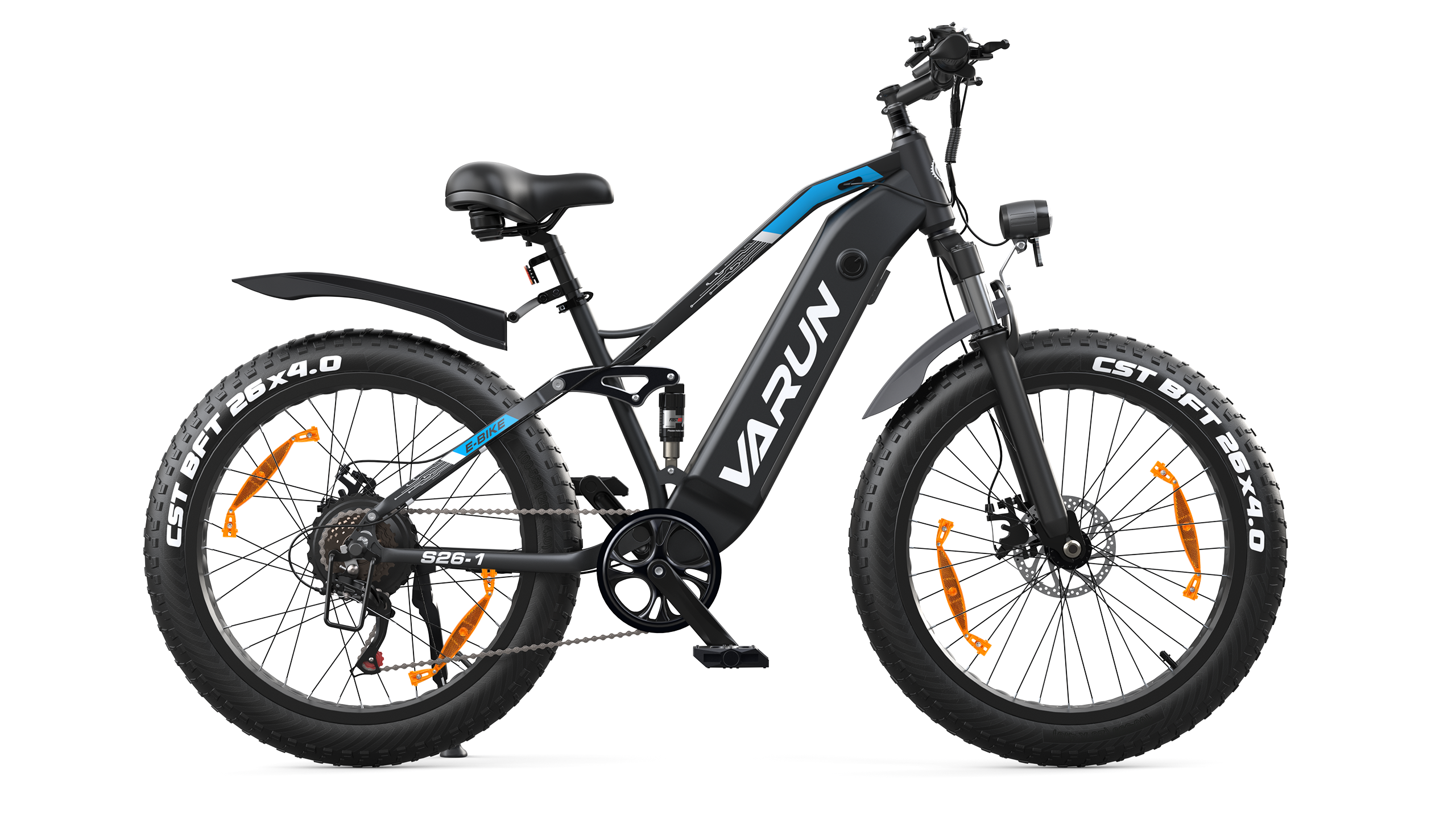
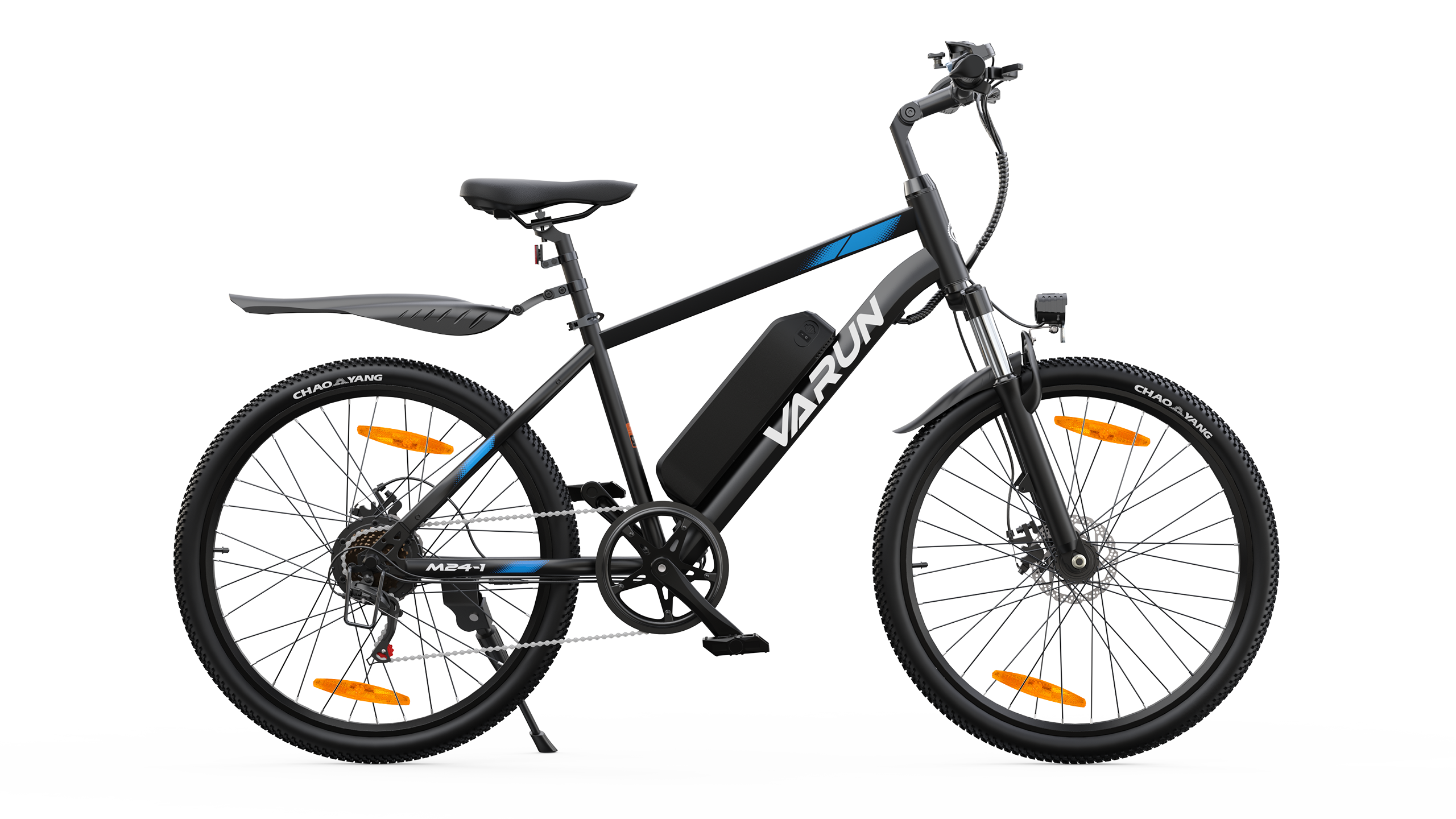
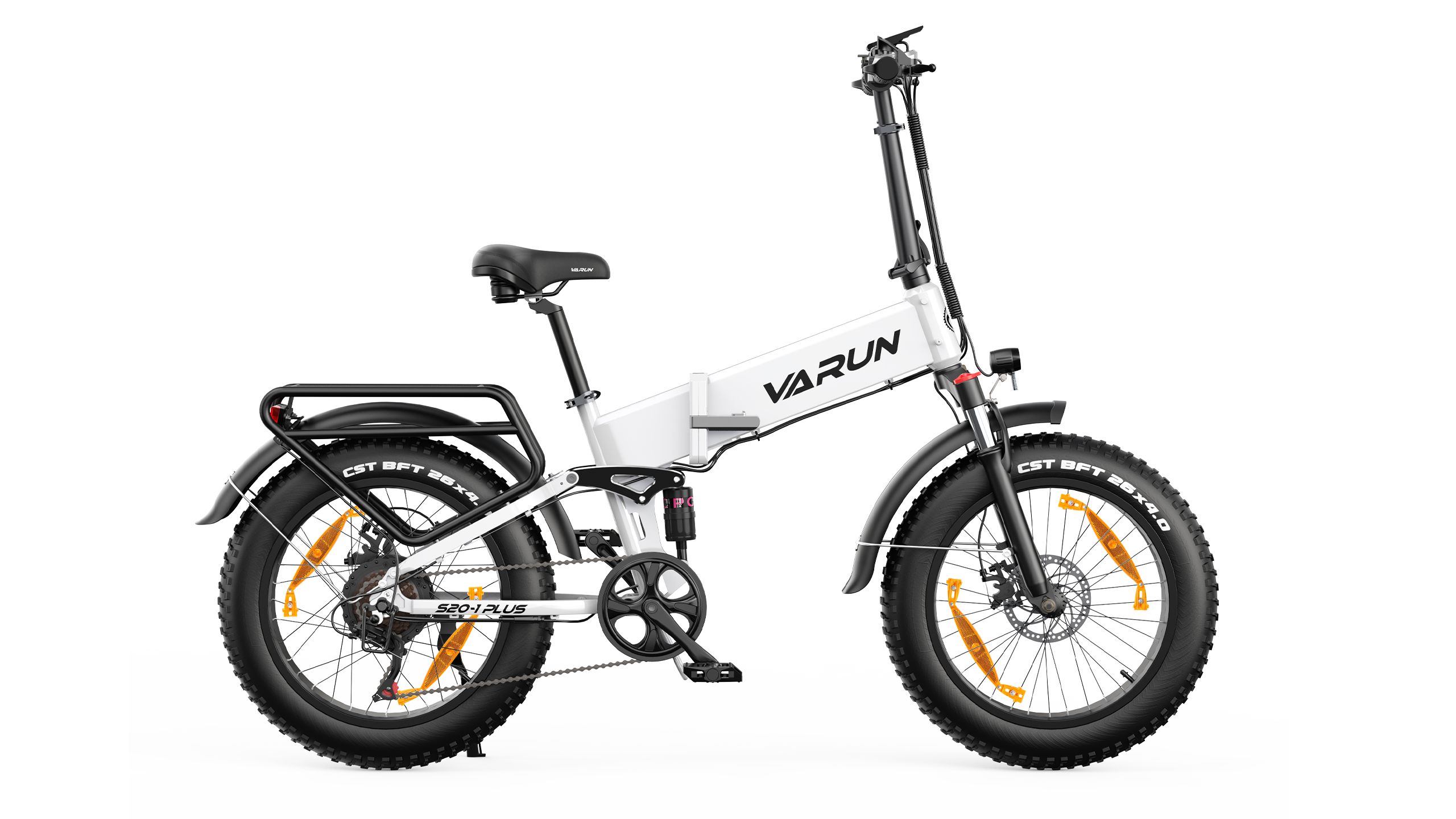





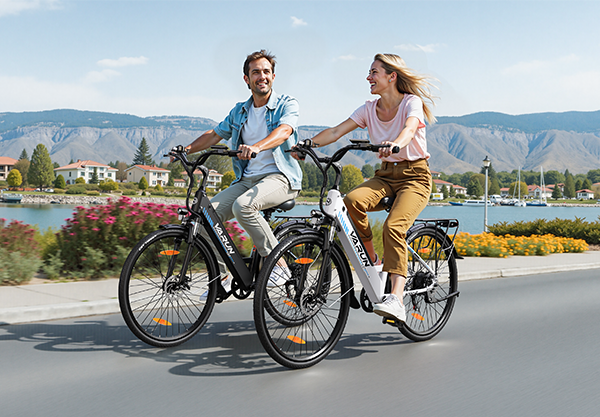

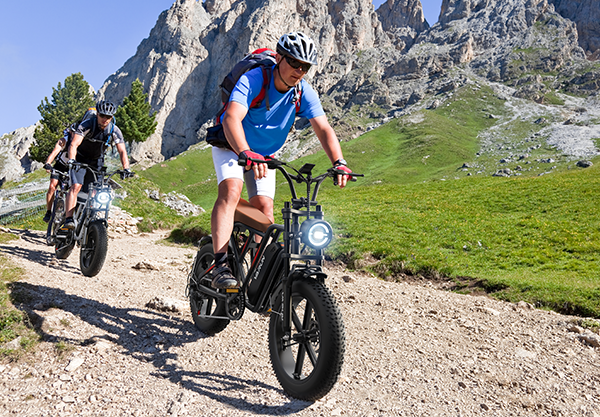

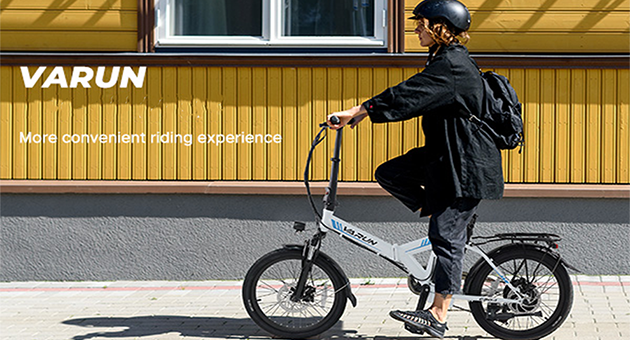


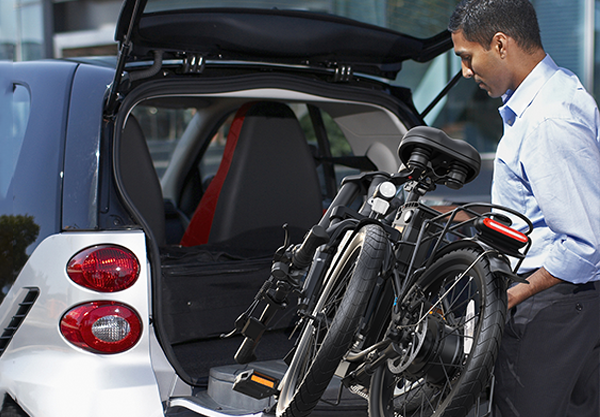







Laissez un commentaire